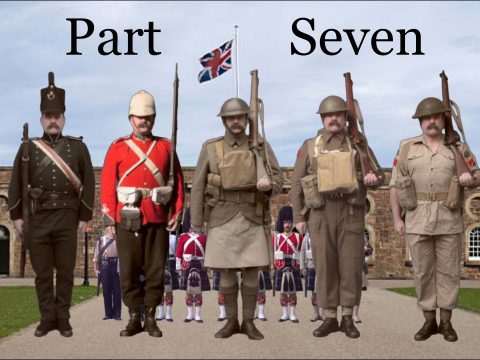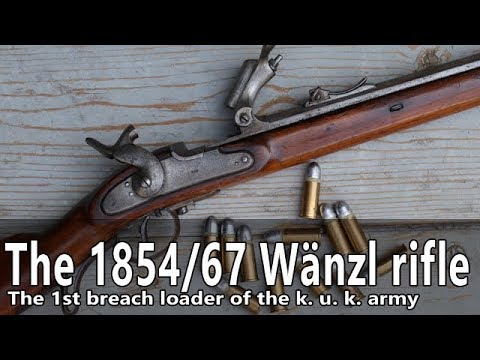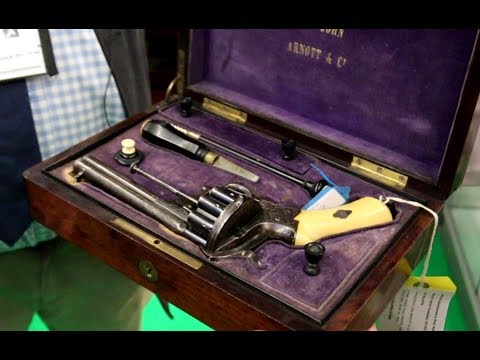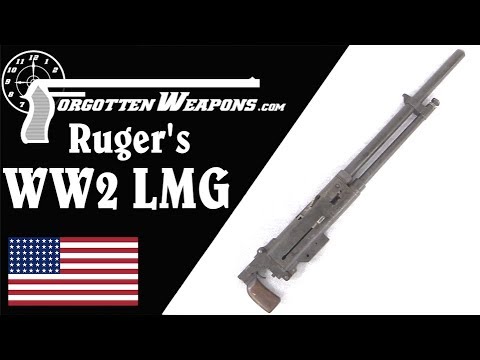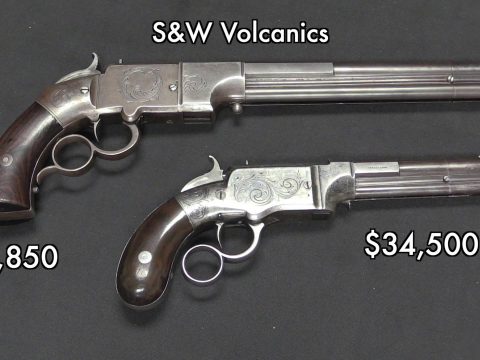http://www.forgottenweapons.com
In 1897, John Browning patented four different types of automatic pistol – a blowback type that would become the FN/Browning 1900, a gas-operated type similar in concept to his 1895 machine gun, a rotating-barrel type, and a swinging-barrel type. It is this swinging barrel design that would have the most lasting impression. In 1898 a sample of this pistol – manufactured by the prestigious Colt company – was provided to a US Army ordnance board to be tested alongside other early semiauto pistols (including the Mauser C96 and the Mannlicher 1894 blow-forward). After some improvements, the gun went back to the ordnance board in 1899 for a more extensive test, which would ultimately see 5,800 rounds fired through the gun with minimal problems. In light of this, the Ordnance Department purchased 100 of these pistols for more extensive testing in 1900.
The pistol was never formally designated the M1900, although that is the name usually used to describe it. Colt simply called it the Colt Automatic Pistol, as it was the first such design they had produced. Unlike the eventual 1911 design, this early gun used two swinging links on the barrel, one at the muzzle and one at the chamber. This meant that the barrel remained parallel to the slide at all times, rather than tilting in a front bushing. The 1900 model was chambered for the .38ACP cartridge (also designed by Browning), which was used because the standard Army handgun cartridge at the time was a .38 caliber revolver cartridge. Browning’s early prototype of the gun actually used standard rimmed revolver cartridges, but he designed the rimless .38 ACP to improve reliability in the self-loading action.
The colloquial name of this pistol – the “sight safety” comes from the location of the only external safety on the gun, which took the form of the rear sight. The sight was mounted on a pin, and could pivot up and down. When snapped down (only a few millimeters down from its normal firing position), the rear sight physically blocked the hammer from contacting the firing pin. It was a very simple mechanism; not interacting with the fire-control parts at all and not preventing the slide form moving when engaged (actually, is was very similar in practical terms to the safety on the later 1905 Steyr-Mannlicher pistol).
This safety was one of the weak point of the gun. It was not easy for the novice to tell if the safety was engaged or not, and it was impossible to operate with the firing hand. Worse, it was small, and generally tricky to operate in any sort of field conditions (when wet, with gloves, etc). It was widely criticized by Army officers testing the guns, and was dropped in fairly short order, leaving later model 1900 pistols (and the follow-up 1902 model) with no mechanical safety.

At Forgotten Weapons I think the most interesting guns out there are the most obscure ones. I try to search out experimental and prototype weapons and show you how they work, in addition to more conventional guns that you may not have heard of before. You’re much more likely to find a video on the Cei Rigotti or Webley-Fosbery here than an AR or Glock. So, do you want to learn about something new today? Then stick around!
